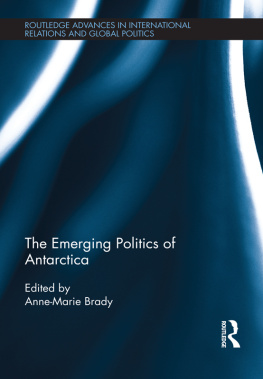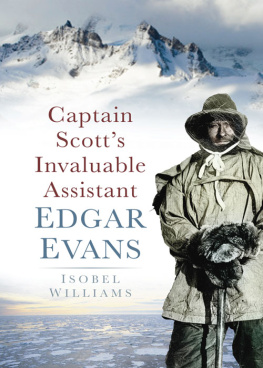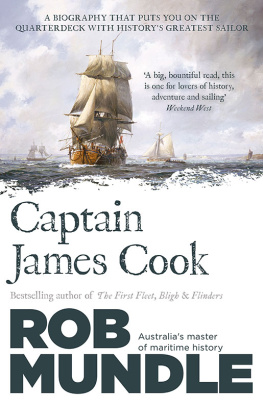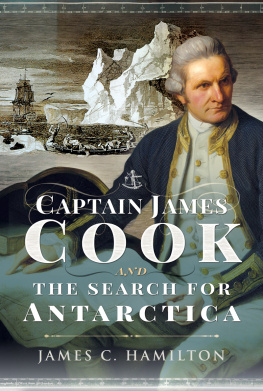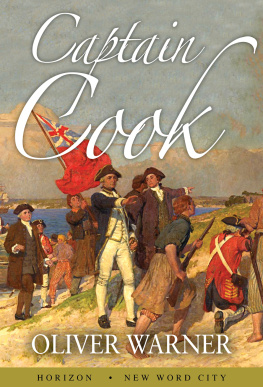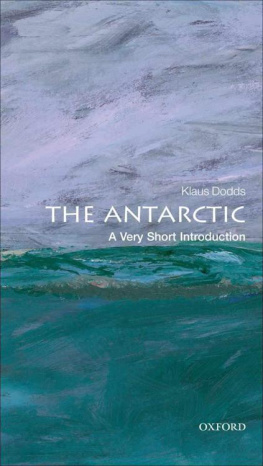Sheila Bransfield - The Man Who Discovered Antarctica: Edward Bransfield Explained - the First Man to Find and Chart the Antarctic Mainland
Here you can read online Sheila Bransfield - The Man Who Discovered Antarctica: Edward Bransfield Explained - the First Man to Find and Chart the Antarctic Mainland full text of the book (entire story) in english for free. Download pdf and epub, get meaning, cover and reviews about this ebook. year: 2019, publisher: Frontline Books, genre: Home and family. Description of the work, (preface) as well as reviews are available. Best literature library LitArk.com created for fans of good reading and offers a wide selection of genres:
Romance novel
Science fiction
Adventure
Detective
Science
History
Home and family
Prose
Art
Politics
Computer
Non-fiction
Religion
Business
Children
Humor
Choose a favorite category and find really read worthwhile books. Enjoy immersion in the world of imagination, feel the emotions of the characters or learn something new for yourself, make an fascinating discovery.

- Book:The Man Who Discovered Antarctica: Edward Bransfield Explained - the First Man to Find and Chart the Antarctic Mainland
- Author:
- Publisher:Frontline Books
- Genre:
- Year:2019
- Rating:4 / 5
- Favourites:Add to favourites
- Your mark:
The Man Who Discovered Antarctica: Edward Bransfield Explained - the First Man to Find and Chart the Antarctic Mainland: summary, description and annotation
We offer to read an annotation, description, summary or preface (depends on what the author of the book "The Man Who Discovered Antarctica: Edward Bransfield Explained - the First Man to Find and Chart the Antarctic Mainland" wrote himself). If you haven't found the necessary information about the book — write in the comments, we will try to find it.
Edward Bransfields varied naval career included taking part in the Bombardment of Algiers in 1816 onboard the 50-gun warship HMS Severn. Then, in 1817, he was posted to the Royal Navys Pacific Squadron off Valparaso in Chile, and it was while serving there that the owner and skipper of an English whaling ship, the Williams, was driven south by adverse winds and discovered what came to be known as the South Shetland Islands where Cook had said there was no land.
Bransfields superior officer, Captain Shirreff, decided to investigate this discovery further. He chartered Williams and sent Bransfield with a Masters Mate, two midshipmen and a ships surgeon into the Antarctic - and the Irishman sailed into history.
Despite his achievements, and many parts of Antarctica and an Antarctic survey vessel being named after him, as well as a Royal Mail commemorative stamp being issued in his name in 2000, the full story of this remarkable man and his historic journey, have never been told - until now.
Following decades of research, Sheila Bransfield MA, a member of the UK Antarctic Heritage Trust, has produced the definitive biography of one of Britains greatest maritime explorers. The book has been endorsed by the UK Antarctic Heritage Trust, whose patron the Princess Royal, has written the Foreword.
Sheila Bransfield: author's other books
Who wrote The Man Who Discovered Antarctica: Edward Bransfield Explained - the First Man to Find and Chart the Antarctic Mainland? Find out the surname, the name of the author of the book and a list of all author's works by series.


